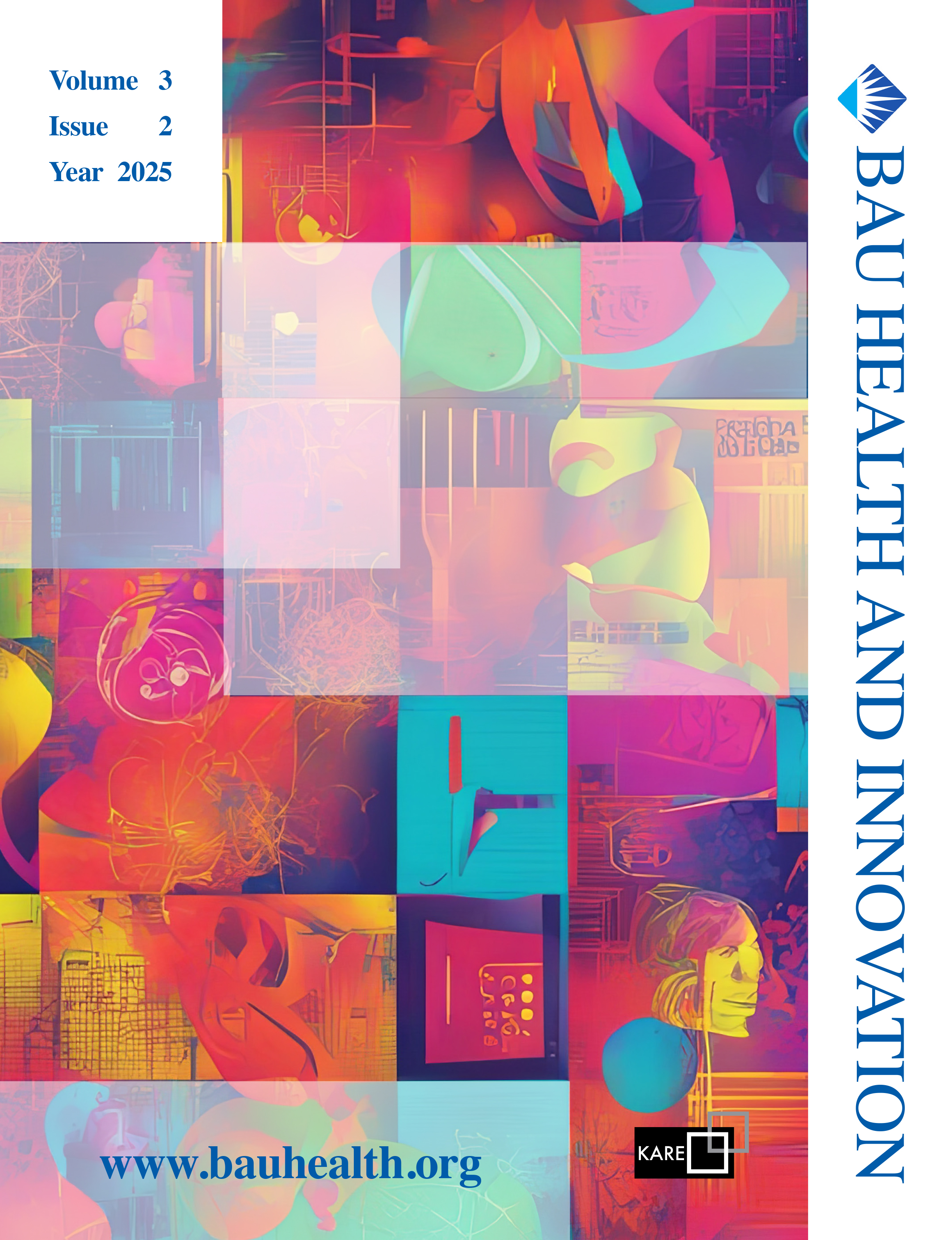Quick Search
Evaluation of Wearable Technologies in Physiotherapy and Rehabilitation
Okan Şahin1, Mustafa Oğuz Kethüdaoğlu3, Mehmet Kaan Altunok4, Aygül Köseoğlu2, Suzan Aydın5, Harun Dere2, Ali Veysel Özden21Department of Physiotherapy and Rehabilitation, İstanbul Health and Technology University Faculty of Health Sciences, İstanbul, Türkiye; Department of Physiotherapy and Rehabilitation, Bahçeşehir University, Graduate Education Institute Doctorate Program, İstanbul, Türkiye2Department of Physiotherapy and Rehabilitation, Bahçeşehir University, Graduate Education Institute Doctorate Program, İstanbul, Türkiye
3Department of Physiotherapy and Rehabilitation, Bahçeşehir University, Graduate Education Institute Doctorate Program, İstanbul, Türkiye;Department of Physiotherapy and Rehabilitation, Cumhuriyet University Faculty of Health Sciences, Sivas, Türkiye
4Department of Physiotherapy and Rehabilitation, Bahçeşehir University, Graduate Education Institute Doctorate Program, İstanbul, Türkiye;Department of Physiotherapy and Rehabilitation, Selçuk University Faculty of Health Sciences, Konya, Türkiye
5Department of Physiotherapy and Rehabilitation, Bahçeşehir University, Graduate Education Institute Doctorate Program, İstanbul, Türkiye;Department of Physiotherapy and Rehabilitation, İstanbul Gelişim University Faculty of Health Sciences, İstanbul, Türkiye
Wearable technologies are defined as electronic devices which can be carried on clothes and accessories and provide psychological monitoring and biological feedback as well. Rings, bracelets, watches, jewelry such as lenses or spectacles, headbands, e-textile goods, and hearing aids are all types of wearable devices. In this study, wearable technologies, physiotherapy, physical activity, sleep, and smart textiles keywords have been searched in PubMed, Google Scholar, Cochrane, and Scopus databases between 2001 and 2023. Wearable devices used in central nervous system diseases, athletes, sleep, physical activity, and weight control as well as smart textiles used in rehabilitation have been included in our study. Wearable technology makes it possible to expand the database of health-related information in addition to helping to monitor, improve, and maintain health. These technologies are commonly used in many diseases diagnoses such as epilepsy and sleep disorders, in the follow-up of parameters related to physical activity and athletes health, treatment, and rehabilitation processes of central nervous system diseases like Alzheimers, and Parkinsons. In addition, smart textile products are used for sensory processing problems of individuals with autism spectrum disorder and figure out the risk of diabetic foot ulcers. By examining wearable technologies used for different purposes in physiotherapy and rehabilitation, this study contributes to the use of these technologies in new scientific studies.
Keywords: Physical activity, physiotherapy and rehabilitation, sleep, smart textiles, wearable technologies.Manuscript Language: English


